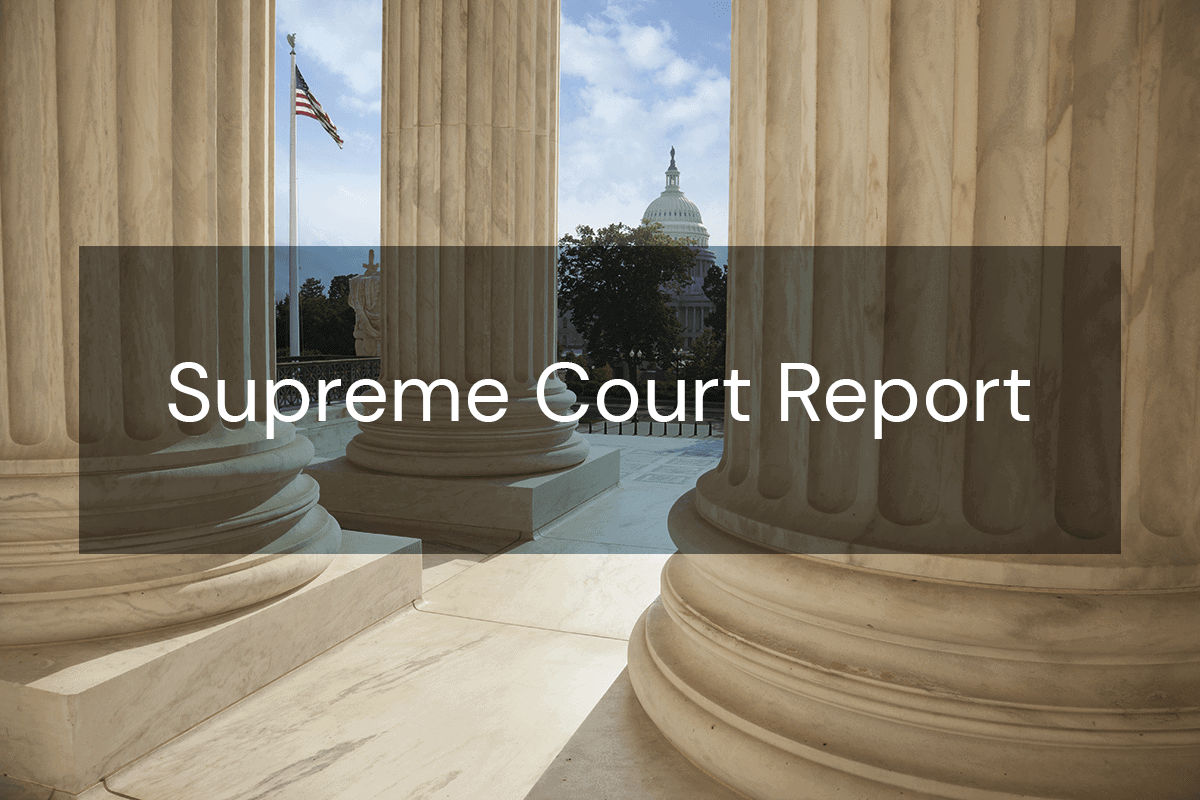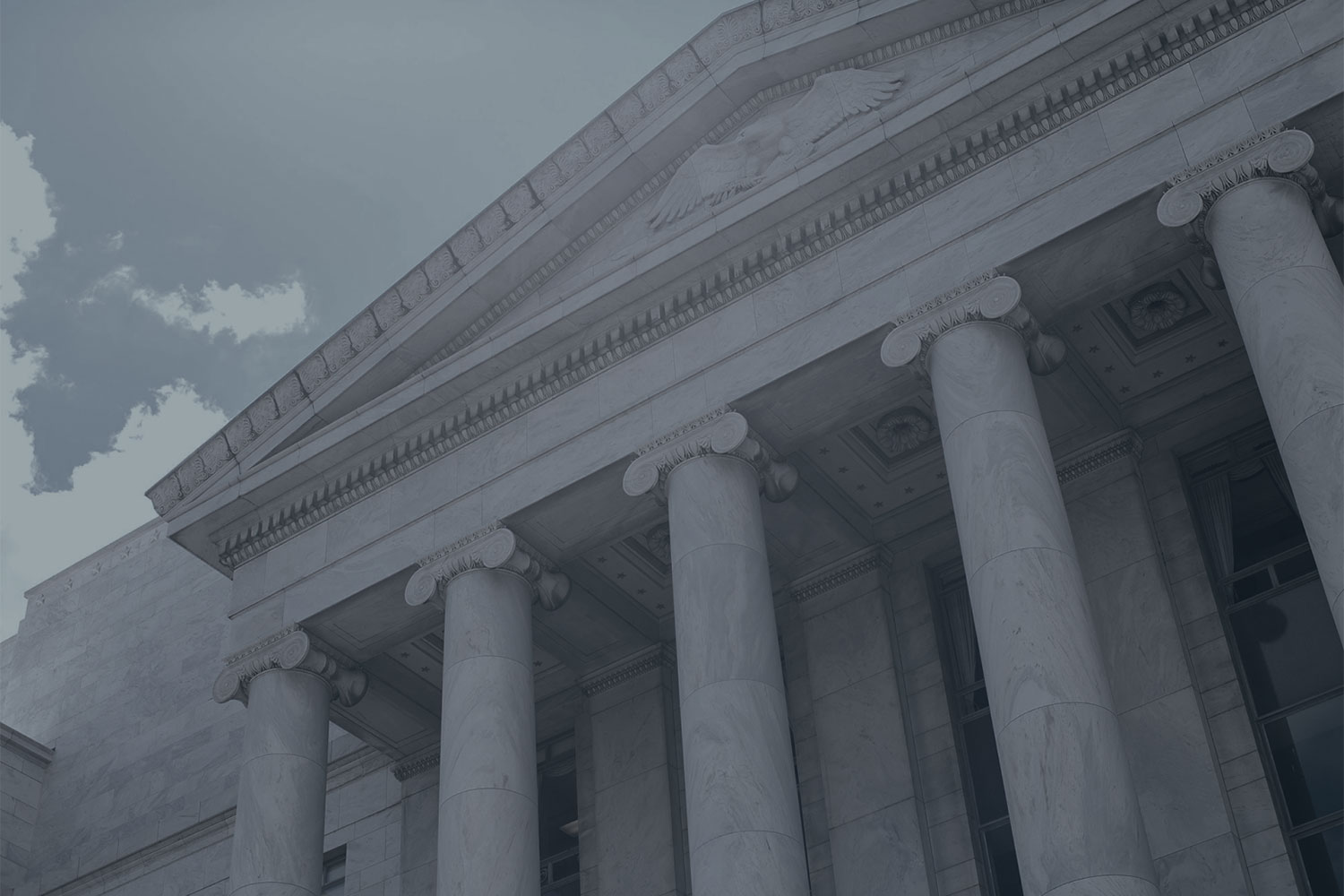-
 Director, Center for Supreme Court AdvocacyNational Association of Attorneys General
Director, Center for Supreme Court AdvocacyNational Association of Attorneys General

This Report summarizes cases granted review on November 21 and December 1 and 9, 2022 (Part I).
Case Granted Review: Biden v. Nebraska, 22-506
Biden v. Nebraska, 22-506. At issue is whether the Biden Administration’s student loan forgiveness plan exceeds the Secretary of Education’s authority or is arbitrary and capricious and whether the plaintiff states have Article III standing to challenge the Secretary’s action. The Higher Education Relief Opportunities for Students Act authorizes the Secretary to waive or modify statutes or regulations applicable to federal student loan programs “as the Secretary deems necessary in connection with a . . . national emergency” to achieve certain objectives, including that recipients should not be placed in a worse position with respect to their student loans because of the national emergency. 20 U.S.C. §1098bb(a). President Trump declared the COVID-19 pandemic a national emergency in 2020, and the declaration remains in effect. Pursuant to the Act, the Secretary in 2020 paused repayment obligations and suspended interest accrual on outstanding loans. In August 2022, the Secretary ended the “pause” on loan repayments (to be effective December 31) and directed the Department to issue $10,000 in student-loan relief to eligible borrowers with annual incomes less than $150,000 and $20,000 for qualifying Pell Grant recipients. Arkansas, Iowa, Kansas, Missouri, Nebraska, and South Carolina sued, alleging that the loan forgiveness plan exceeds the Secretary’s authority and is arbitrary and capricious. The district court dismissed for lack of standing, and denied the states’ motion for an injunction pending appeal. The Eight Circuit granted a nationwide injunction pending appeal.
The Eighth Circuit found that at least one state, Missouri, had standing, based on harm that would be suffered by a loan servicer, the Missouri Higher Education Loan Authority (MOHELA), which was created by Missouri statute and has financial connections with the state. The court determined that MOHELA may be an arm of the state for standing purposes, and that in any event MOHELA’s statutory obligations to place funds in the state treasury could be impacted by the Secretary’s loan forgiveness program. Having concluded that Missouri could likely establish standing, the Eight Circuit held that the merits “involve substantial questions of law which remain to be resolved” and that the equities favored an injunction considering the irreversible impact of loan forgiveness and that loan repayments were currently stayed. President Biden and the other government defendants applied to vacate the injunction or in the alternative that the Court treat the application as a petition for certiorari before judgment. The Court chose the latter and granted certiorari.
Petitioners argue that the states lack standing generally because the student loan forgiveness plan benefits third parties but does not require the states to do anything or harm them in any way. With respect to Missouri, petitioners argue that the state-created loan servicer, MOHELA, is a distinct legal entity and that any alleged harm from loss of administrative fees for collecting debts that would be discharged would not be suffered by the state. Petitioners also argue that the fact that MOHELA contributed funds to the state treasury was irrelevant because a plaintiff must assert injury to its own legal rights, not to a third party that might owe money to the state. On the merits, petitioners argue that the plan falls within the Secretary’s authority to ensure that borrowers “are not placed in a worse position” in relation to their student loans because of the effects of the COVID-19 pandemic. Petitioners argue that because of the pandemic, borrowers were at particularly high risk of delinquency and default once payment obligations start, and that borrowers within the qualifying income levels were most likely to have experienced job loss, non-student-loan debt delinquency, and other pandemic-related hardships. Petitioners also argue that the Secretary’s action was not arbitrary and capricious because it was based on examination of relevant economic data and long experience with borrowers transitioning back into repayment.
In addition to the standing arguments accepted by the Eighth Circuit, respondent states argue that the Secretary’s action was not authorized by statute because the loan-forgiveness plan and the economic conditions used to justify the plan are not sufficiently connected to the COVID-19 emergency. They next maintain that “the Act’s text and context demonstrate that its purpose is to keep certain borrowers from falling into a worse position financially in relation to their student loans. Yet the Secretary uses it here to place tens of millions of borrowers in a better position by cancelling their loans en masse.” And they argue that the permanent reduction of loan principal is inconsistent with the temporary measures envisioned in the statute. Respondent states also argue that nondelegation principles and the major questions doctrine demonstrate the Secretary’s lack of authority. Finally, respondent states assert that the Secretary’s action was arbitrary and capricious because it failed to consider reasonable alternatives, was pretextual, and failed to consider reliance interests.



